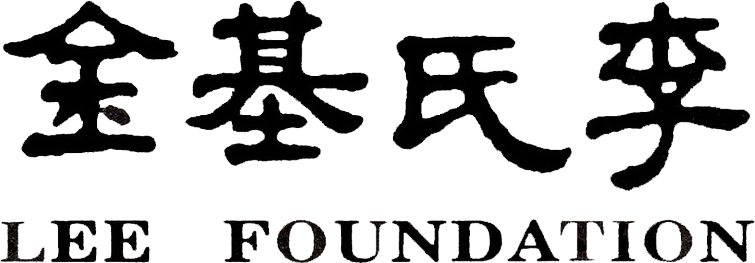” Where Odissi exponent, Ramli Ibrahim, allows us insights into how Tryambakam was re-envisaged from a solo dance to an all-male group production for the camera “
Ramli ji, why did you feel the need to re-envisage a solo work like Tryambakam into a group work and also adapt it to film?
Usually, we would learn the work in India as a solo item and then de-construct it for group work in Sutra. We often do this as we don’t have the luxury of giving the stage exclusively for a solo dance. There are just too many talented dancers in line, waiting to be used! Or the stage is often too big and rather ineffective for a solo dance!
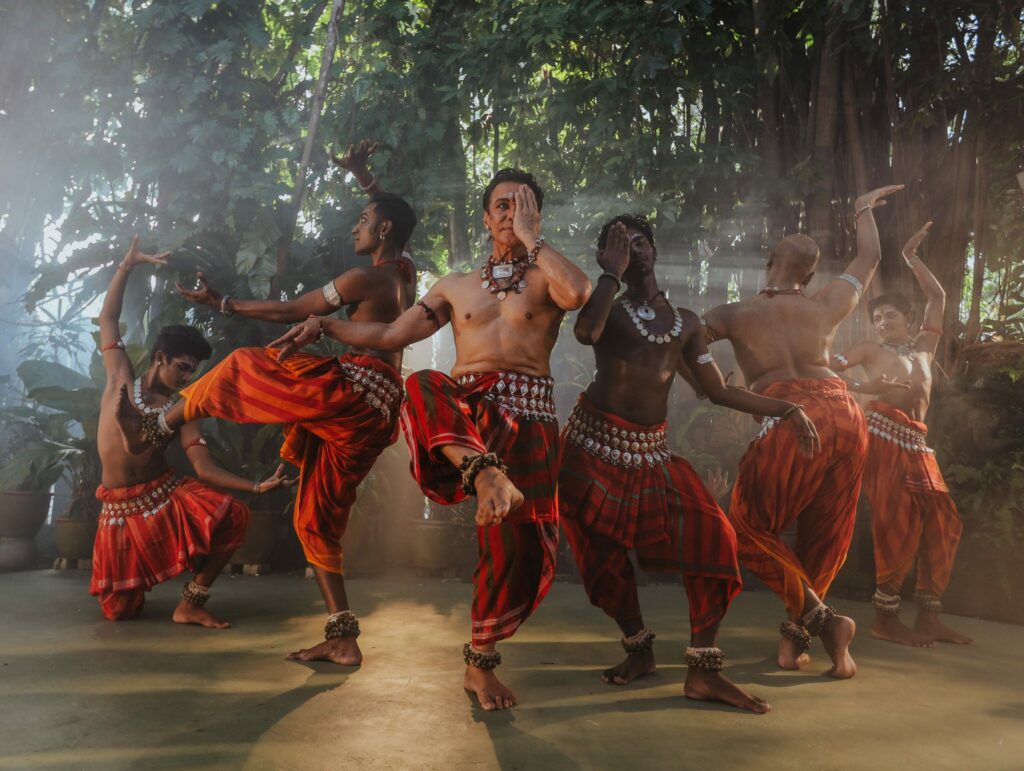
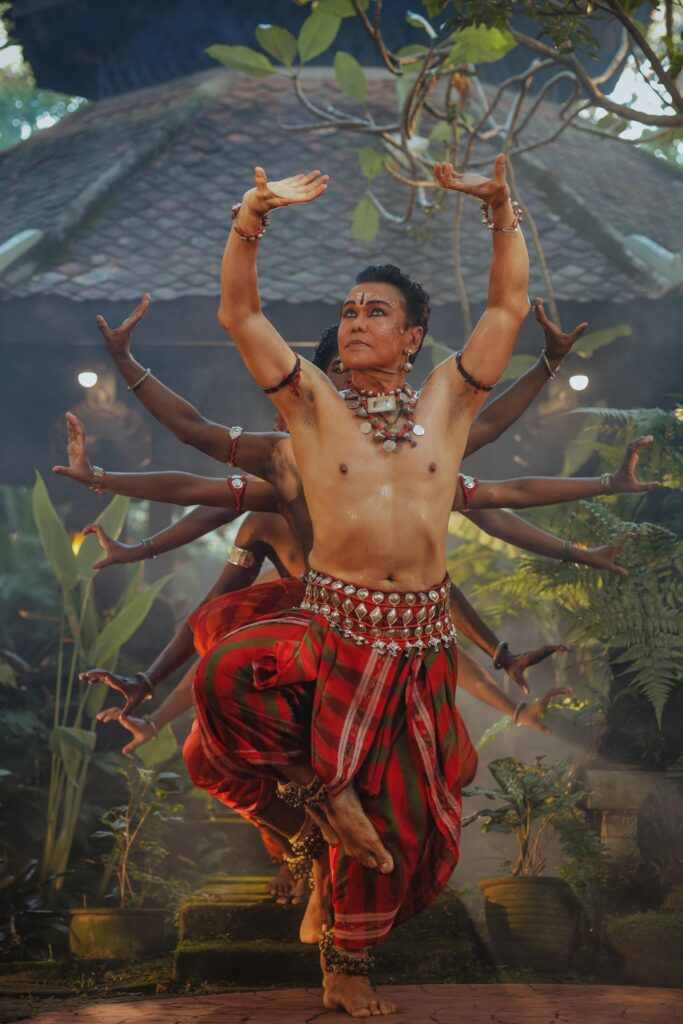
Tryambakam was taught to us by my guru-ben, Sujata Misra when we were in Bhubaneswar in 2018. It was one of the two dances by Sujata showcased in Triple Frontiers, an Odissi production that premiered in April 2021, just before our third lockdown. We decided to perform Tryambakam with an all-male cast as the work was essentially ‘tandav’. It so happened that I had a number of young male students from our Outreach program, whose combined talent was waiting to be shown. So, the work had to be ‘re-arranged’ for a group composition.
Another opportunity arose to adapt it virtually on film with a relatively good budget. And so, Tryambakam went through several processes of ‘de-construction’. Fundamentally, the latter was inevitable as the work was no longer a solo item. And then, during filming, it had to be further re-envisaged to suit the demands of filming, group rearrangement, and location.
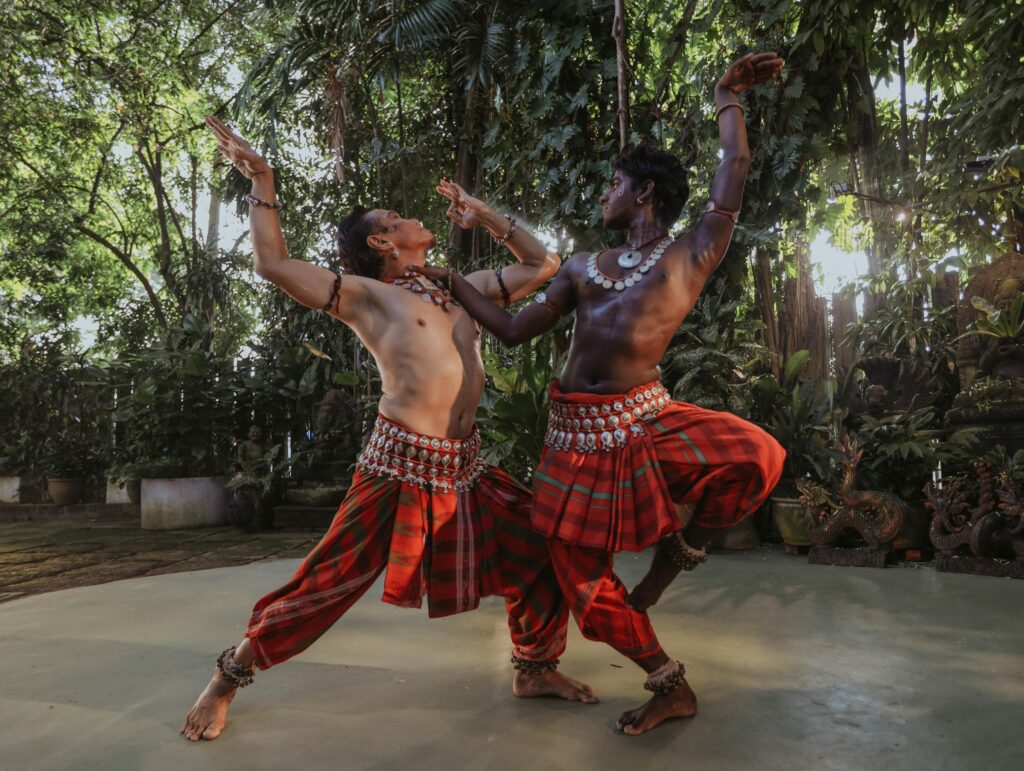
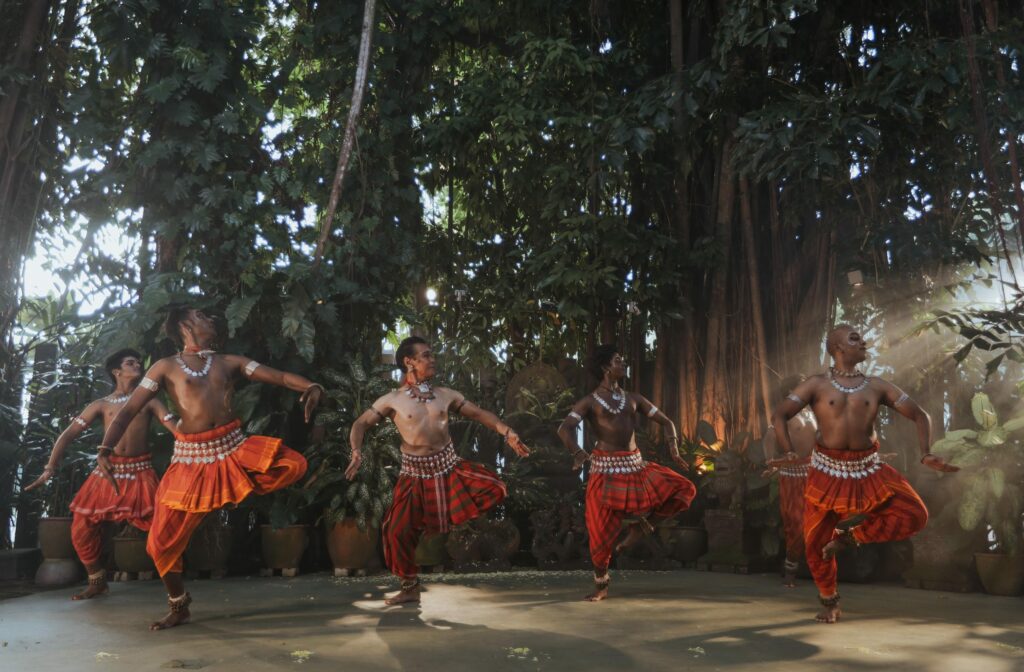
What is the starting point when you have to de-construct an existing work? How much do you need to shed, and how much do you need to retain?
Actually, in Tryambakam we retained all the dance vocabulary taught to us – we did not shed off any movement. However, we did add new image compositions and montages as sections of the alap were ‘empty’ and we couldn’t have a blank screen, the alap being an essential part of the music. There were also group sections which needed to be re-envisaged as we were no longer dealing with a lone body but several dancers. It would be so boring and unimaginative if the work had merely depicted six solo male dancers doing the same thing!
What has it been like to envisage it for the camera? Some key learnings while doing so.
We were lucky to find the right director, camera man, and also lighting director, who complimented one another! Eventually, it was the director who had to decide on the camera angles and direct how the footages should be edited.
We also requested that some anecdotes and sections be layered or nuanced with allusions to the attributes of Lord Siva.
One has to remember, that the filming was done during the lockdown, and this was the main reason we decided to use the premises of Sutra House for the location of all the footages of the six commissioned dance videos. Sivarajah Natarajan, who had been our lighting designer for almost 25 years, had to consolidate all the technical areas of camera, lighting, and sound so that they all contributed artistically towards the shared objective of the final film. We also had to sectionalise Tryambakam so that all areas of Sutra House were effectively utilised.
The location is exquisite really; why is location particularly crucial while making dance on film?
Sutra House has a wonderful ambience. During the several lockdowns, both Sivarajah and I had the time to concentrate on improving our premises and sprucing up the garden. There were several spots that were photogenic, especially in the early morning light, and these were used to maximum effect. Half of the battle is won when a compelling ambience is utilised with good lighting, natural or enhanced. I think a good ambience gives a scene that distinctive visual effect…
The montage sequences at the beginning, were they constructed carefully?
Both the montage and link sequences were carefully constructed to give that seamless and professional appeal. As mentioned, we had to augment the work with montages during the alap and this was done at back garden area of our studio. Filming is not physical theatre, and therefore the layering can be ‘artificially’, but artistically constructed.
A lot, they say, happens at the editing table… you also played a lot with cool tones and an emphasis on contrasts; what was the thought behind that creative decision?
There is only so much work you can do on editing – but if the content is uninteresting or not up to the mark, the final edit will still be poor. Having said that, there is much good contribution, an artistic director can do in the final touch-up, such as the suggestion of the kind of final tones and contrasts that the work should finally be given for that distinctive look. I guess in filming, the director and editor have the ultimate say in how the work will eventually look. The choreographer has to stand aside as ‘let his work go’ as the ball is no longer in his court.
This is why I prefer the theatre, where the choreographer is still supreme, in control – and ‘what you see is what you get’, so to speak. This may not be so with filming.




